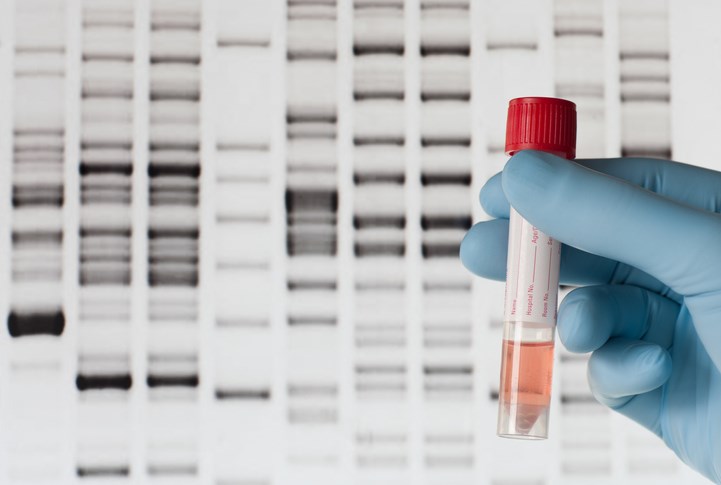A man’s remains were found four years ago west of Fort Lupton, and because of modern DNA technology, he was identified in late 2022 as 42-year-old Douglas Wayne Jackson of Aurora, the Weld County Sheriff’s Office confirmed on Monday.
A crew was surveying land near Fort Lupton in December 2018, when they came across a skull, bones, clothing, a backpack and other items, said Detective Byron Kastilahn, cold case investigator with the sheriff’s office.
Detectives worked to identify the remains and issued an artistic reconstruction of the man’s face and photos of his personal items to the public, but the case wasn’t solved.
His DNA was then sent in 2021 to Parabon Nanolabs for forensic genetic testing, which linked the remains to Jackson, Kastilahn said. Investigators were able to contact Jackson’s sister and compare her DNA to confirm his identity, and she was able to receive closure.
There were no signs of foul play and no evidence that a homicide occurred — Jackson likely died of natural causes, or he took his own life, Kastilahn said.
Friday marks Colorado Missing Persons Day, and a prayer vigil is planned at the Capitol in Denver for hundreds of families who haven’t been able to receive closure in missing persons cases, despite modern advancements in DNA testing.
The public can help those families with a simple action online, Kastilahn explained.
“GEDmatch and FamilyTreeDNA — they are companies that have their DNA database open to law enforcement … it’s really easy to go to those companies and have your DNA uploaded from Ancestry and 23andMe,” he said.
Law enforcement doesn’t have access to two of the largest genealogy companies in the world — Ancestry and 23andMe, so GEDmatch and FamilyTreeDNA are invaluable tools, Kastilahn explained.
“It just makes the genetic genealogists job much easier, and they’ll have a larger pool to compare the DNA with,” the detective said. “Some long-lost relative of yours might be someone’s assistance in finding a missing person or solving a homicide.”
Kastilahn is investigating several cold cases from the 70s and 90s that have no leads, but they are currently undergoing DNA testing, he said. If the results are successful, families can be notified.
“This technology is really promising for my cases, and for law enforcement agencies across the country,” Kastilahn said.
In other cases, DNA is connected to a person, but investigators can’t find any living relatives. Remains were found in 2000 in Weld County — they’ve been linked to a man named Steven Gonzales of New Mexico, but none of his close relatives are alive to confirm DNA matches, Kastilahn said.
The new technology, however, provided the detective with a lead in the case he never would have had otherwise, he said.
“This is amazing technology, and it’s working,” he explained.


